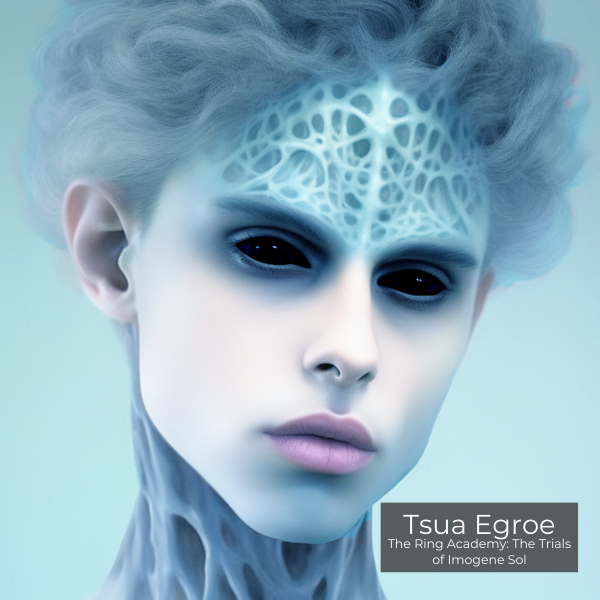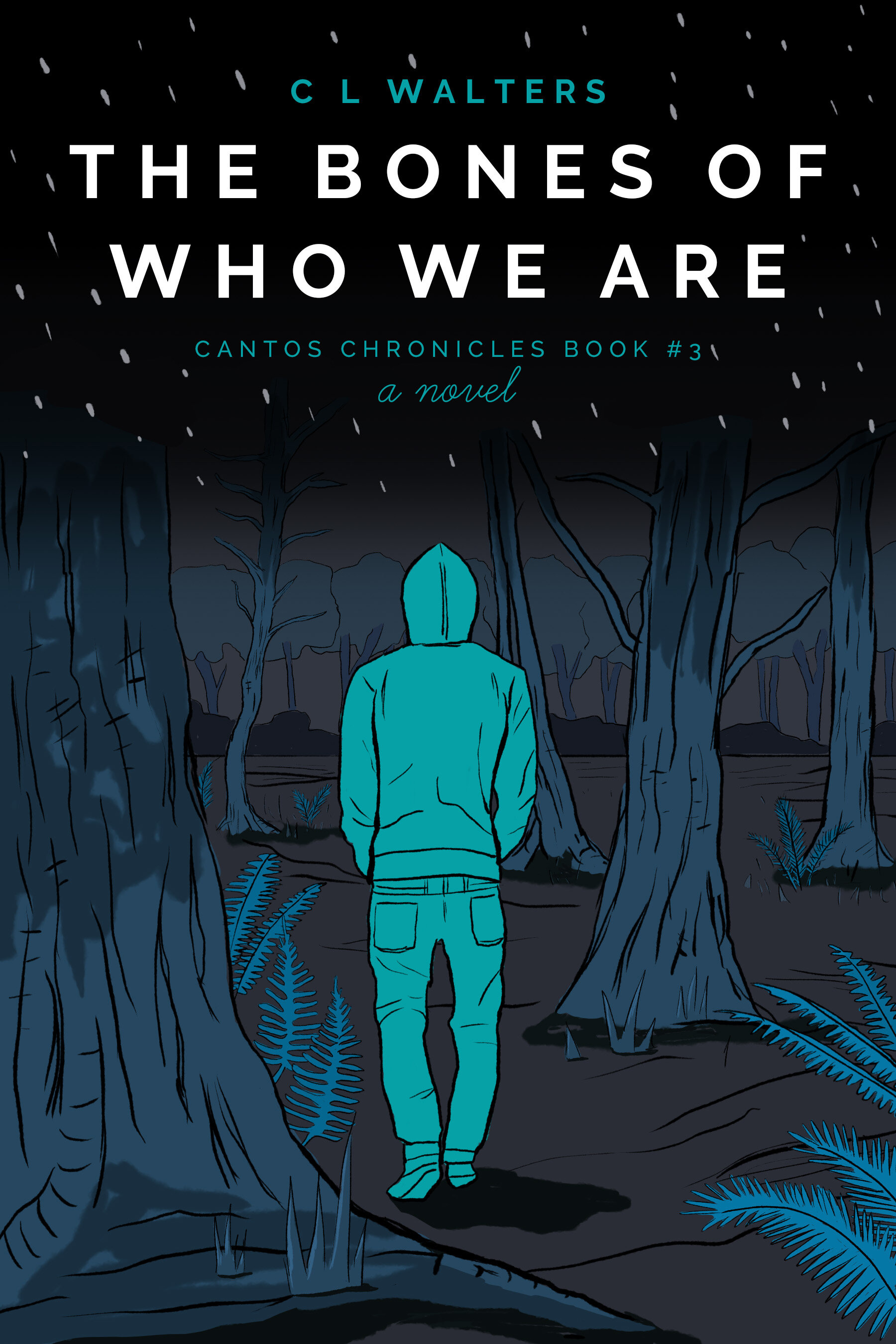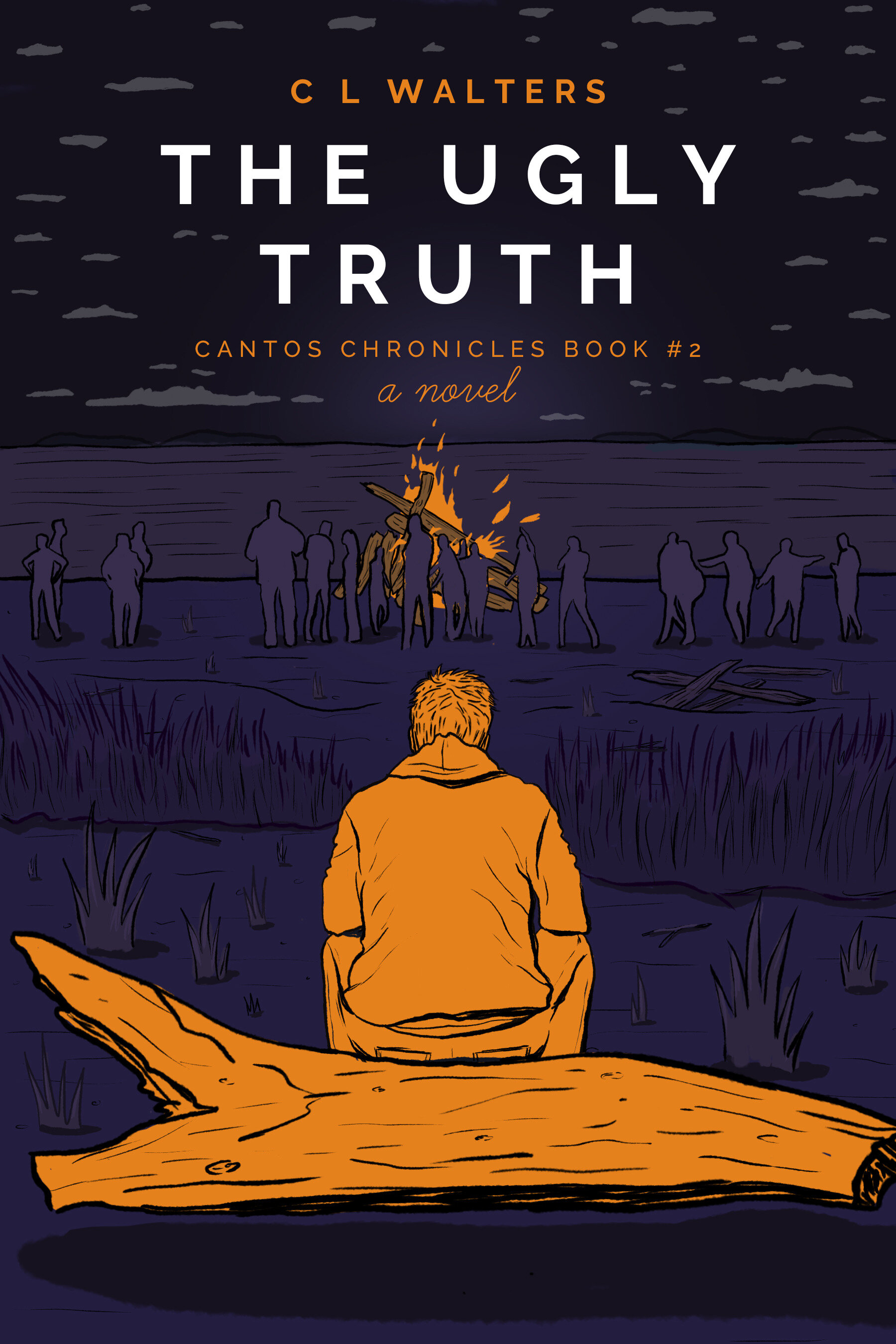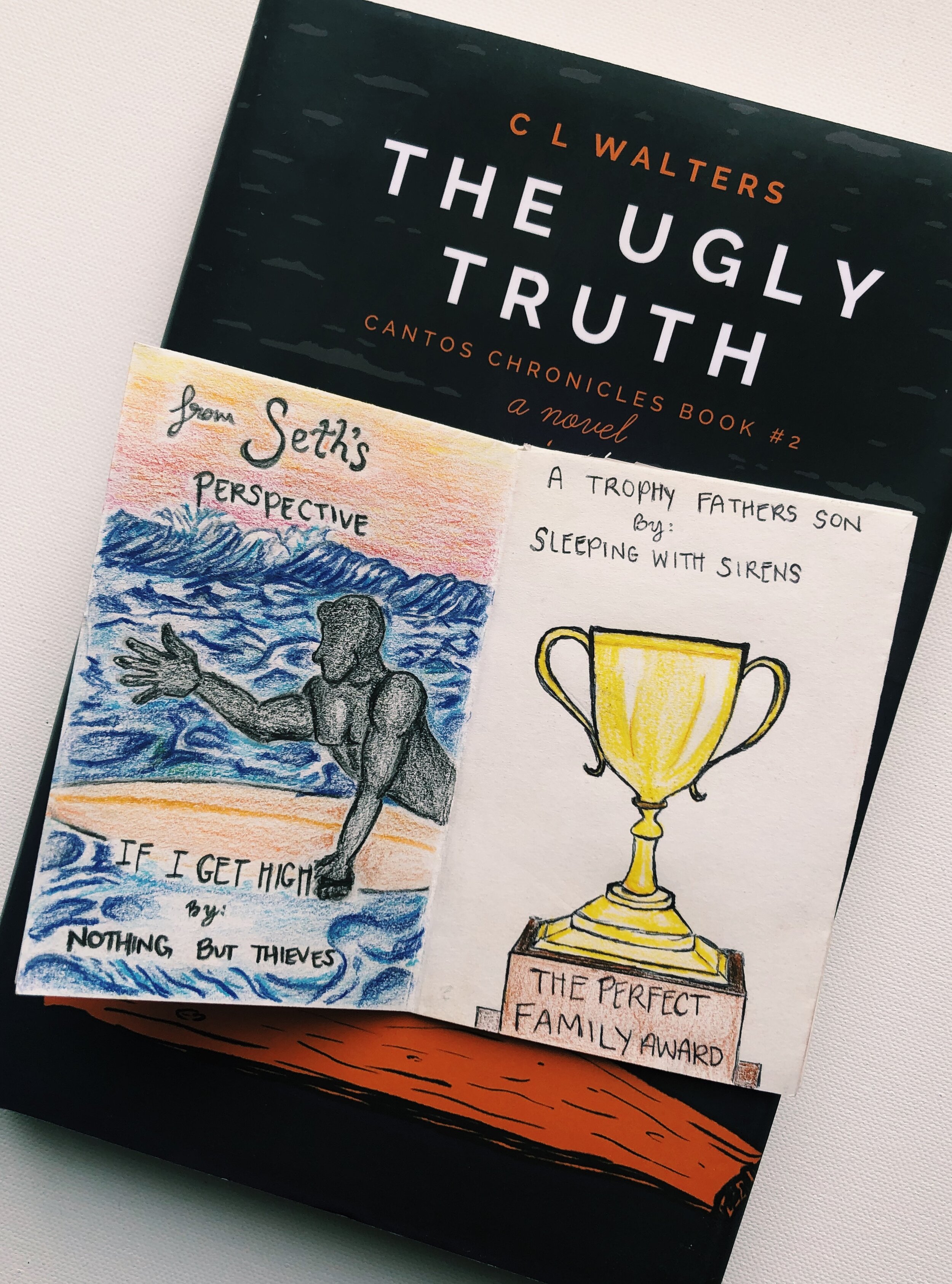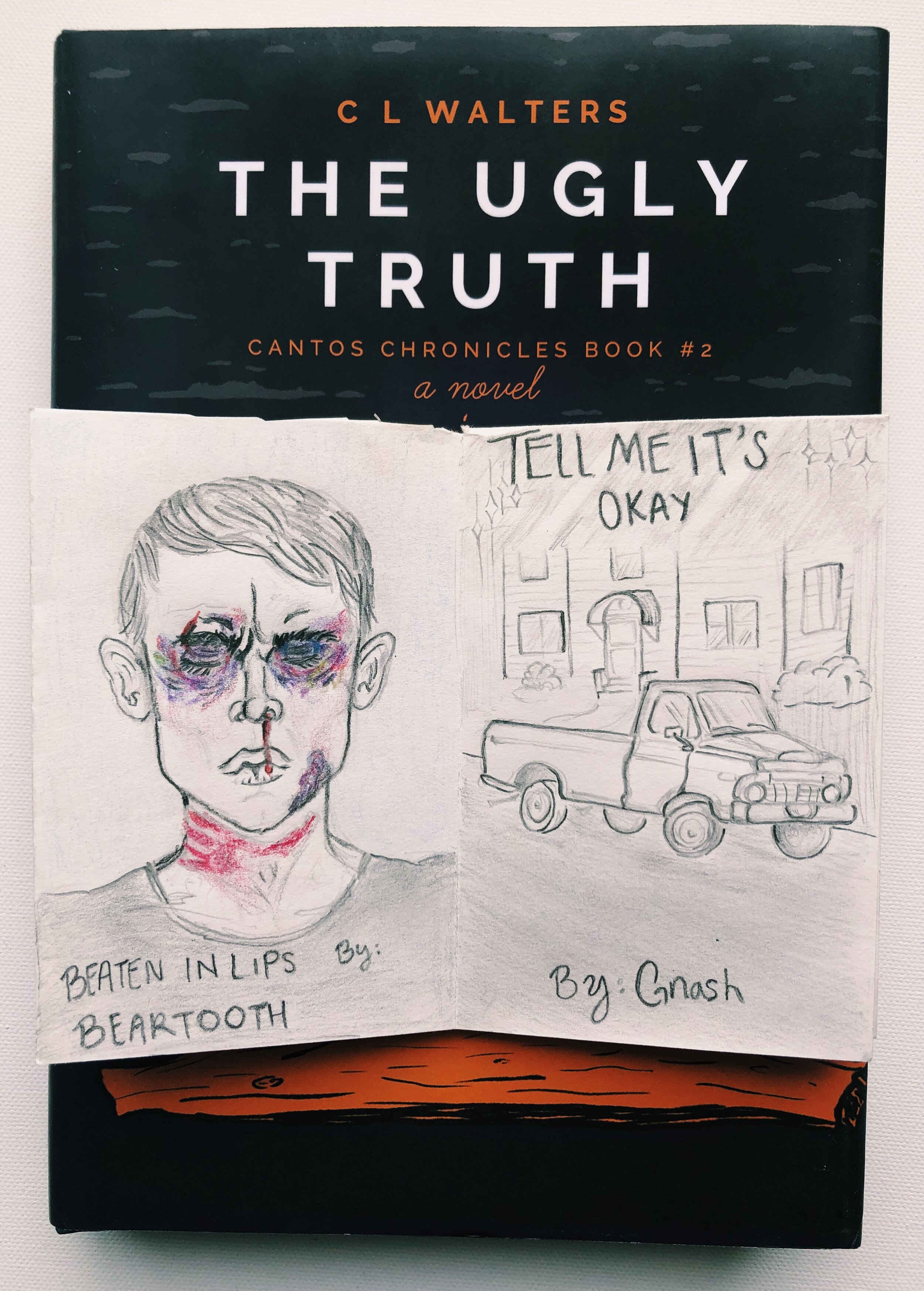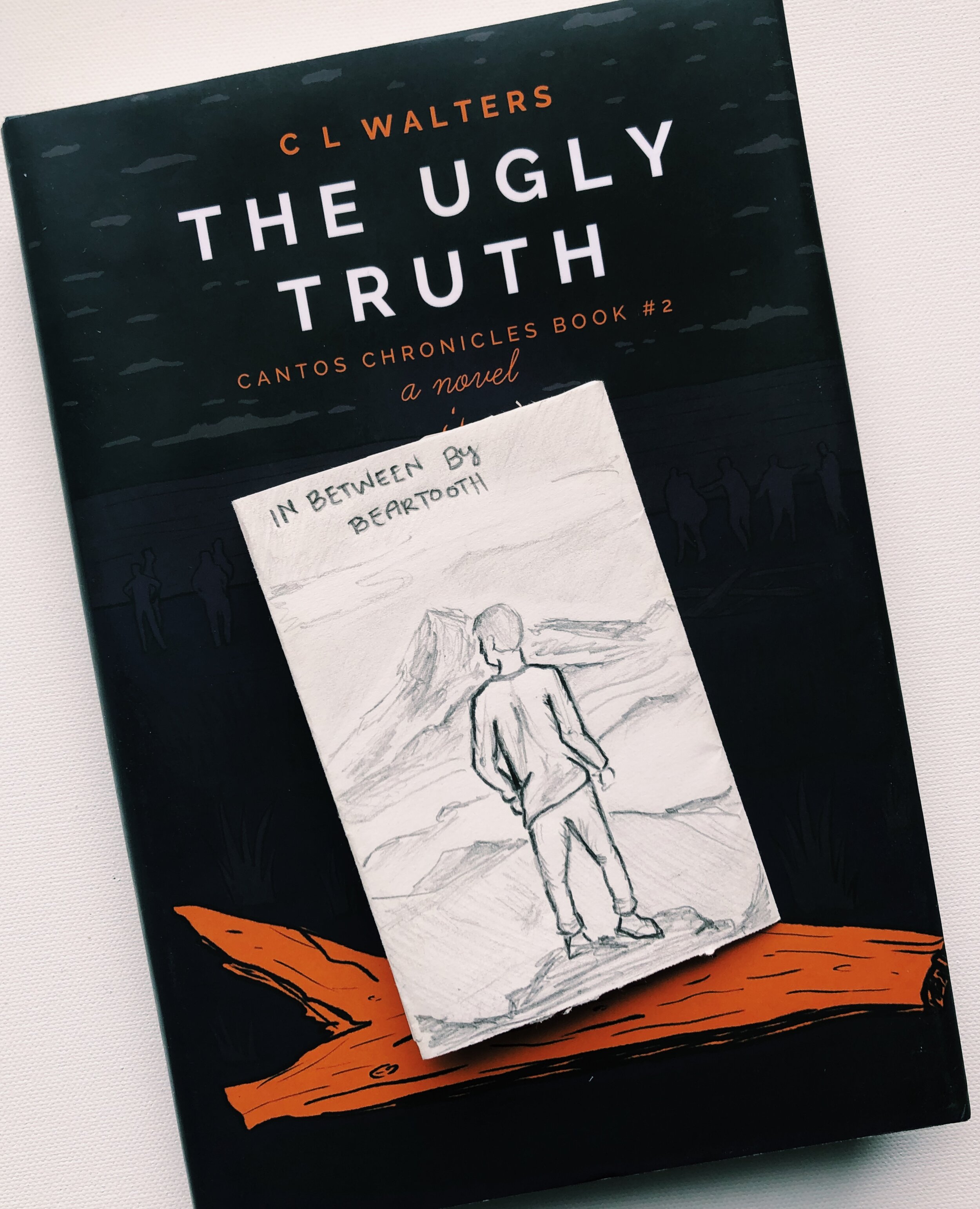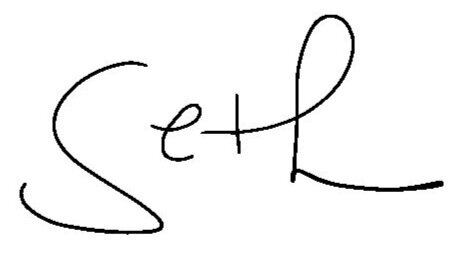The sun is shining on a December day in Hawaiʻi. Palm trees sway in a trade wind breeze and it’s balmy but cool, enough so that a light sweater is comfortable. Adam Kāne and Alexandra James agreed to take some time out of their busy schedules to speak with me about their starring roles in an upcoming novel, The Letters She Left Behind. This isn’t the first time I’ve met them. We met for the first time about sixteen years ago, then again just shy of a calendar year during the most recent revision of the story.
Having lived in Hawaiʻi most of their lives, both of them embody the lifestyle. Adam arrives first. He’s a Hawaiian local, born and raised on Oʻahu. He arrives like the gentle trade winds, calm and cool, as much a part of the landscape as the ocean shoreline he surfs, or the razor-sharp mountains that cut the sky. Dressed casually in black chinos and a white v-neck tee, people stop and greet him at our table. He seems to know everyone and people are drawn to him, but it isn’t just his manner of dress or his handsome demeanor. His smile is bright infectious, reaches his brown eyes drawing in those he talks to and makes it easy to spill secrets. In fact, he is more apt to listen rather than talk though he has so many things about which he can discuss.
Alex - arriving from her job as a gender studies professor at Hawaiʻi State University - wasn’t born in Hawaiʻi. Actually, she admits to being born on the East coast of the US, then moved across country with her family when she was around five to California. That’s where she met Megan (Adam’s late wife), who she refers to as her sister. Like Adam, she embodies island living. Her sleeveless coral linen dress translates not only to local but equally to those students she might be teaching who aren’t from Hawaiʻi. While I observed her and her conversation with Adam, I had the feeling I was the one being observed. Perhaps a bit of a chameleon, Alex is able to fit right into the moment of the interview, but it’s easy to imagine how she might command an auditorium full of students. She is independent, passionate and intelligent.
I was taken with their story. It stuck with me for sixteen years, so it made sense why I’d want to take some time to connect with them in the aftermath.
Thank you, Adam and Alex, for agreeing to talk with me about The Letters She Left Behind. I know that living in my head has probably been a bit stifling. Was it worth the wait?
Adam: Definitely. I’m a patient guy.
Alex: Sure, though it’s difficult sitting around and waiting for you to get your act together.
Hahaha! Wow. Okay. Why do I feel like there’s more in those answers than meets the eye.
Alex: I’m not one for being passive aggressive, CL, but you did write the story. You know.
Adam: (chuckles and shakes his head): Patience is a virtue. So is biting one’s tongue when necessary.
Moving on then. Without giving any spoilers, what do you like best about your story?
Alex: Megan. While she doesn’t make a huge appearance in the story, her part in the journey is equally important to the entire narrative on so many levels. I love that about her starring role. The way it all comes together.
Adam: Me too. I also like how there is the sense of time. The way life works sometimes to bend and twist in order to get you where you need to go when the timing is just right. It’s like as much as you might want something right now, it isn’t the right time for it.
Kind of like this story. Sixteen years ago, when I wrote it, I was in my early thirties and here I was writing about grief and second chances. Perhaps I needed additional time and world view to draw the story together. On another note, there’s this point in the narrative when both of you see yourself - or the truth of who you are - outside of the fear. Can you comment on how that moment or moments like that are impactful.
Adam: I know exactly the moment you’re referencing, though I would say I had more than one of these sort of ah ha moments. It’s like that one step forward, two steps back paradigm. A person discovers a truth about themselves. Moves forward and then regresses until another discovery occurs. I think most times, for me anyway, those self-discoveries or facing those honest truths can be painful, which is why we regress.
Alex: I think so too, which is why sometimes we don’t face them. It’s easier just to stay in one place because the threat of change might be more than we can accept. I know that for my part in the story, this fear of things being different was paralyzing.
I love that scene - when you walk into the ocean, Alex. It was pivotal for your character.
Alex: Yes. Truly makes the difference in the overall movement of my journey.
What about you, Adam? Is there a pivotal scene for your character?
Adam: There are a few, but I don’t want to give anything away by sharing them. I can say at the beginning of the story, I’ve been in a tailspin of grief for nearly a year. I’m raw at the opening, at the precipice of either burying myself in it completely, or doing something different. Megan’s journals were pivotal for me. Without them - well, there wouldn’t be a story.
Let’s talk a little bit about place and culture. As a Hawaiian, Adam, do you think your ethnicity is relevant to the story?
Adam: Not so much. I think I represent a Hawaiian male, but I don’t necessarily embody the cultural values of being Hawaiian, if that makes sense. In all fairness, I would add that who I am is on the edge of understanding my own Hawaiian identity. With the loss of language and culture, how does one rediscover those losses when you’re disconnected from them?
Alex: Do you think that lack of culture then misrepresents you in the story?
Adam: No. I feel like it accurately represents that it is a missing piece in my life, but more could be done to explore that. Maybe not in this story, but perhaps in others. But I think place is explored and the usage of ʻOlelo Hawaiʻi vocabulary which add depth to an understanding that Hawaiʻi is more than a tourist destination.
Funny you mention stories to explore that. I’m working on a story for Trey. I don’t know if it will be a short story or longer - beginning stages - but that idea of cultural rediscovery is a theme I’m noticing as I work on it. Speaking of secondary characters, who do you think will be a fan favorite?
Adam: The kids.
Alex: The kids.
Neither of you are partial… Why the kids?
Alex: Each of them are unique and bring a whole different dimension to the story. Without them, I think the story wouldn’t be as layered.
Adam: I agree. I’d like to see them all with their own stories.
What are you hoping happens with your story?
Alex: I hope that a reader can close the book and feel like “Wow, I don’t need to worry about that thing anymore.” I think it’s easy to get caught up in the minutia of our lives and forget the big picture, the what’s really important.
Adam: That! Yes. And to remember that life is a journey. It doesn’t stop. It moves forward and we move along the timeline with it. Sometimes we’re blindsided, sometimes we’re broken, but always the timeline continues. Something else I hope people remember - we can’t live it alone. Along the way, we need those special people to share it with in some capacity.
Thank you for hanging out in my head for a bit.
Look for The Letters She Left Behind on sale 1/14/20




